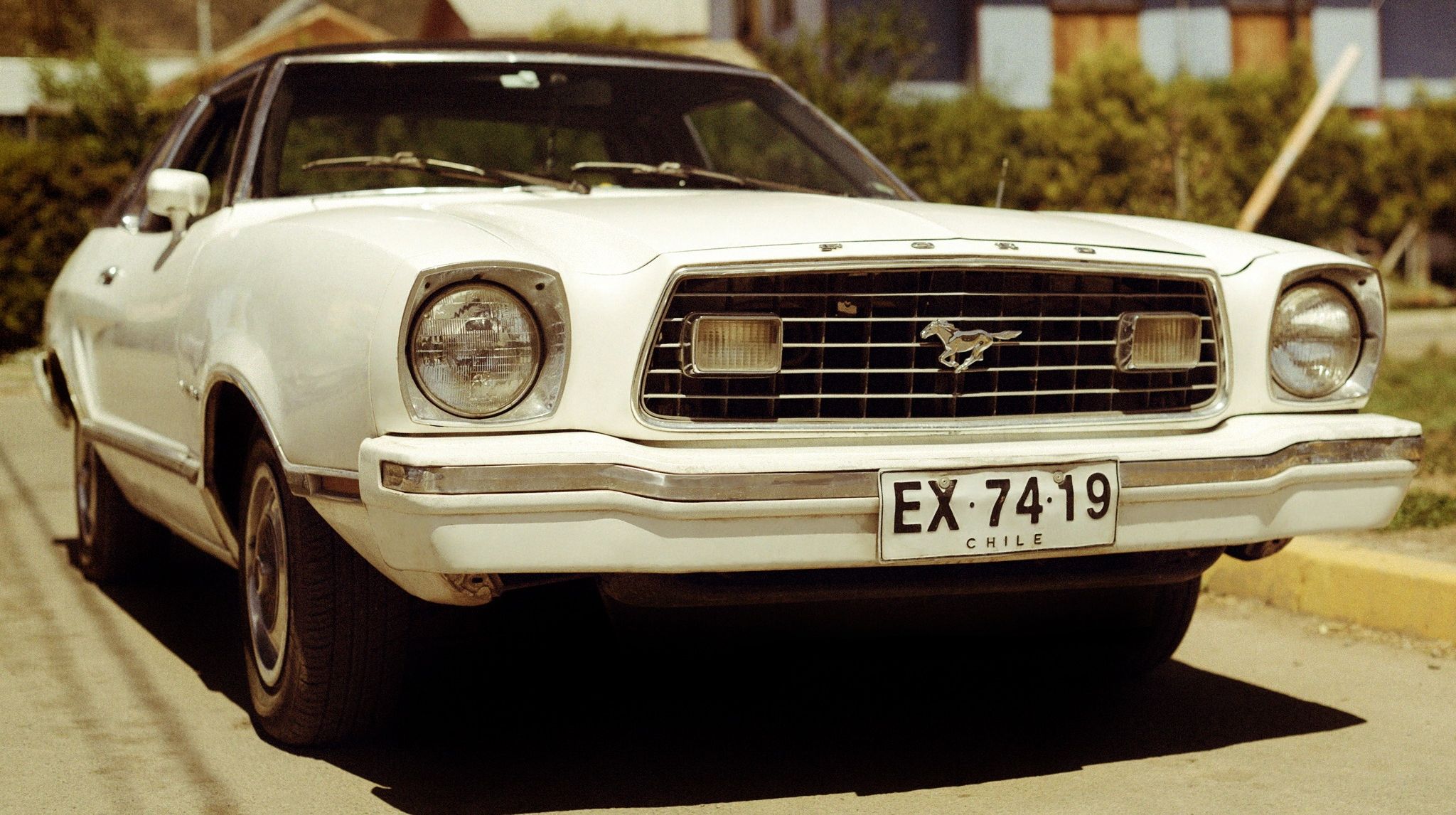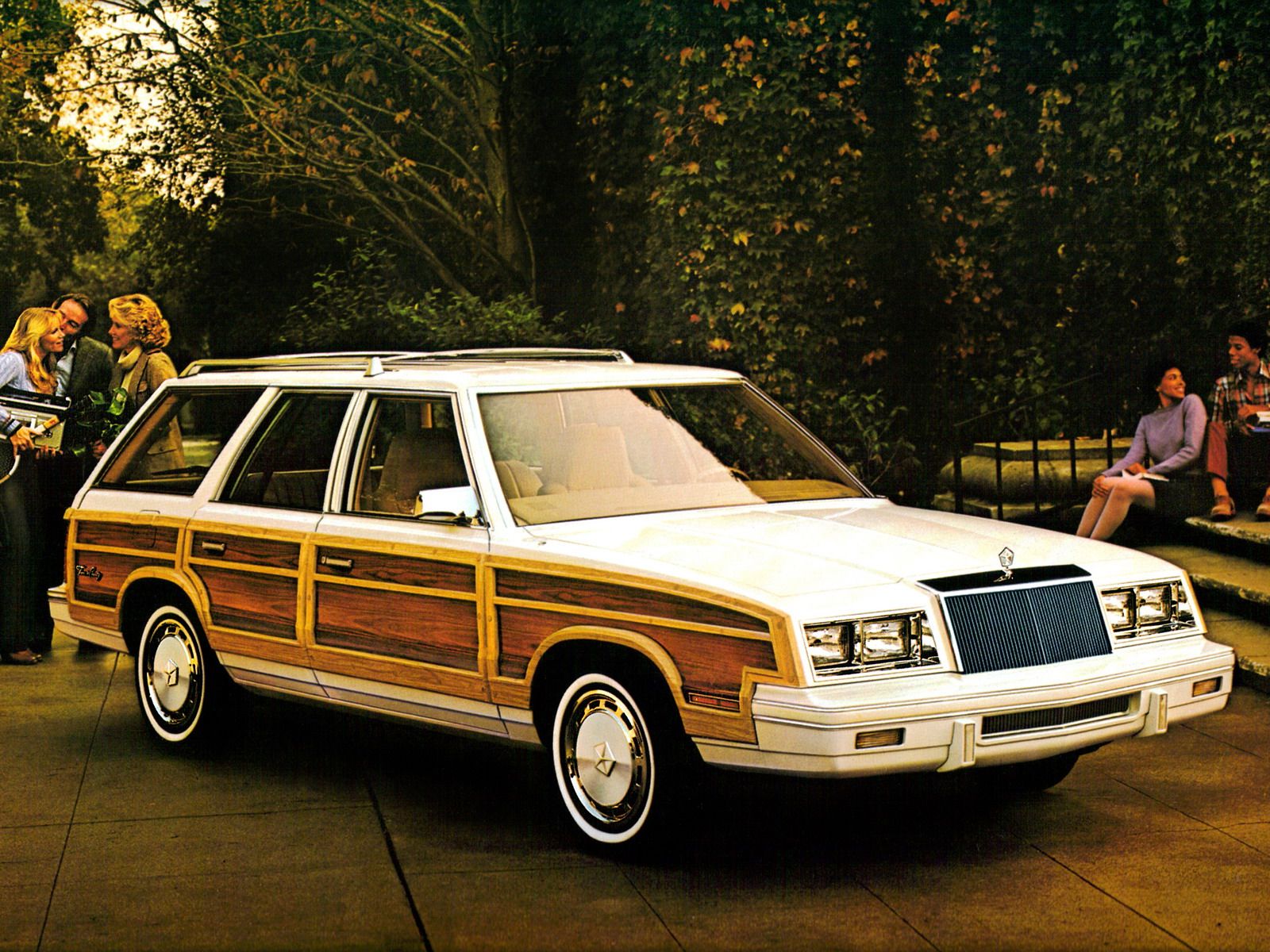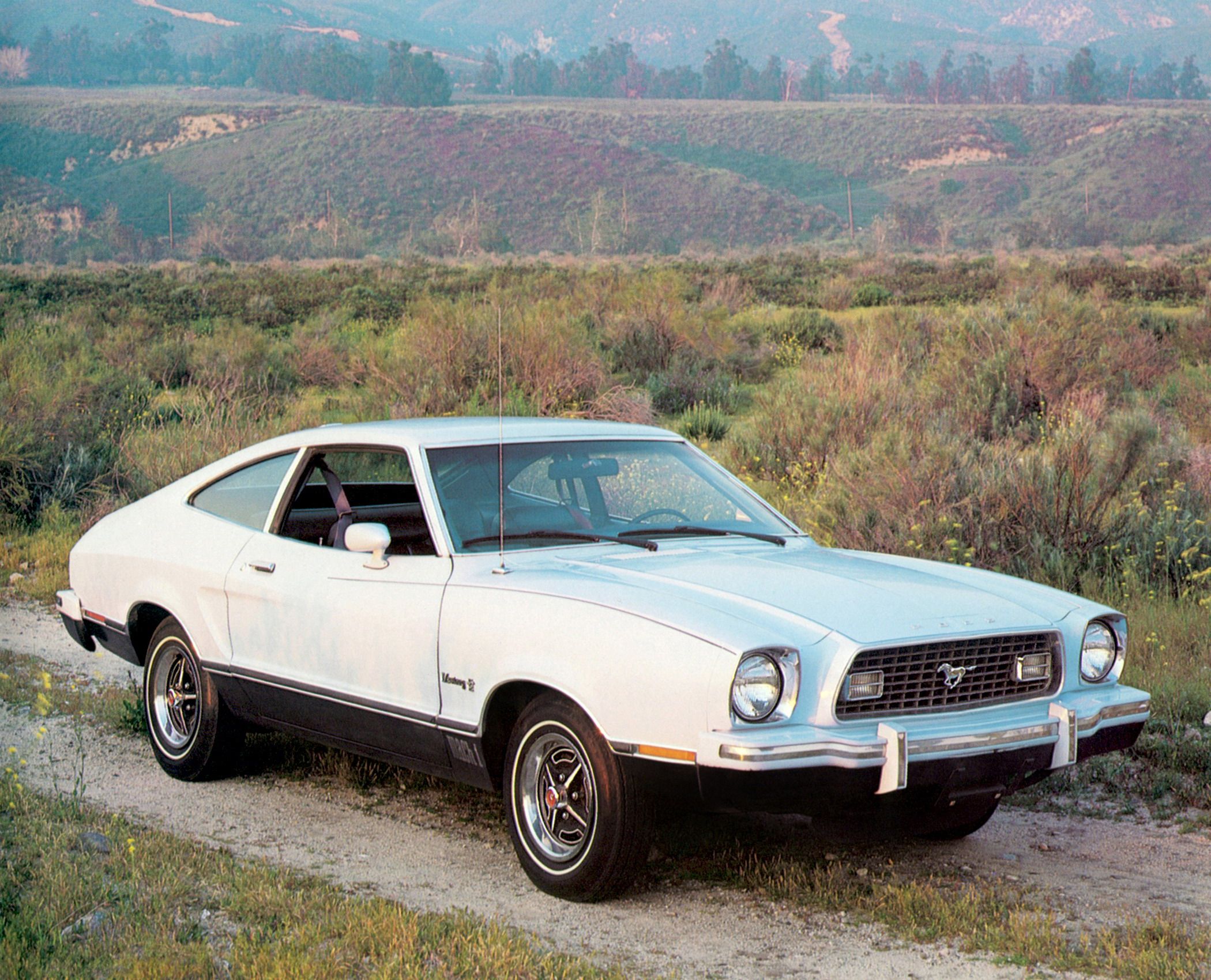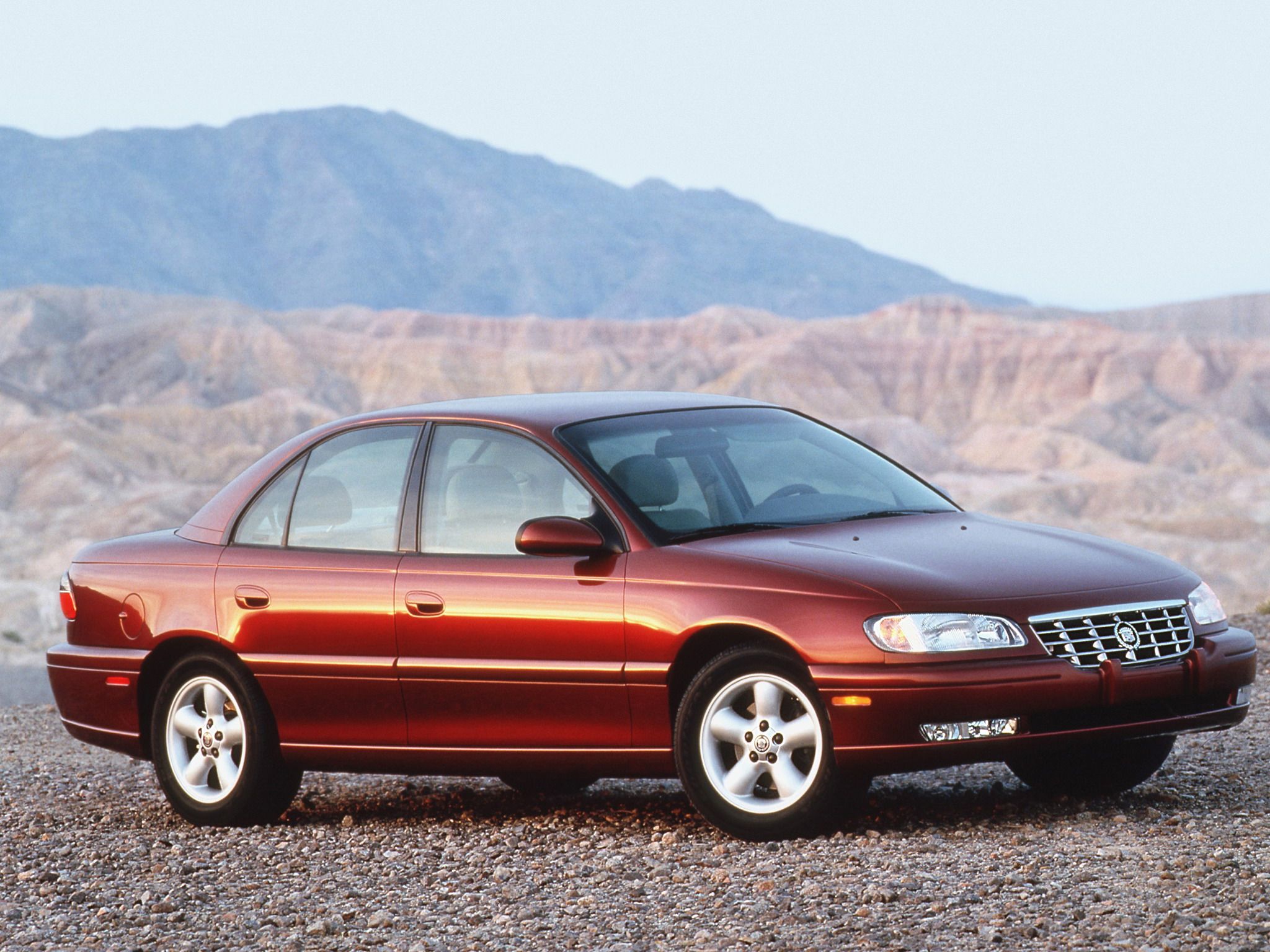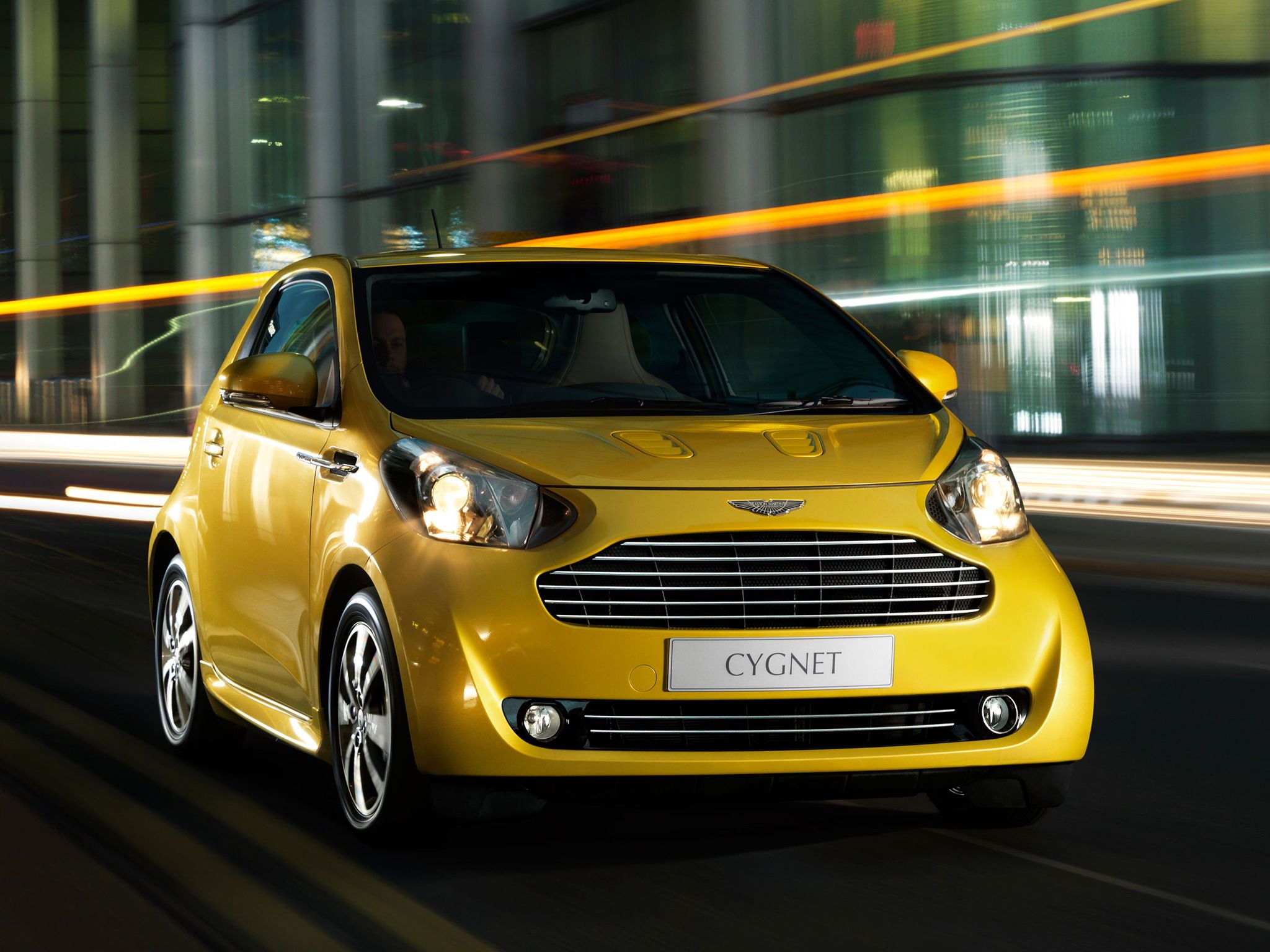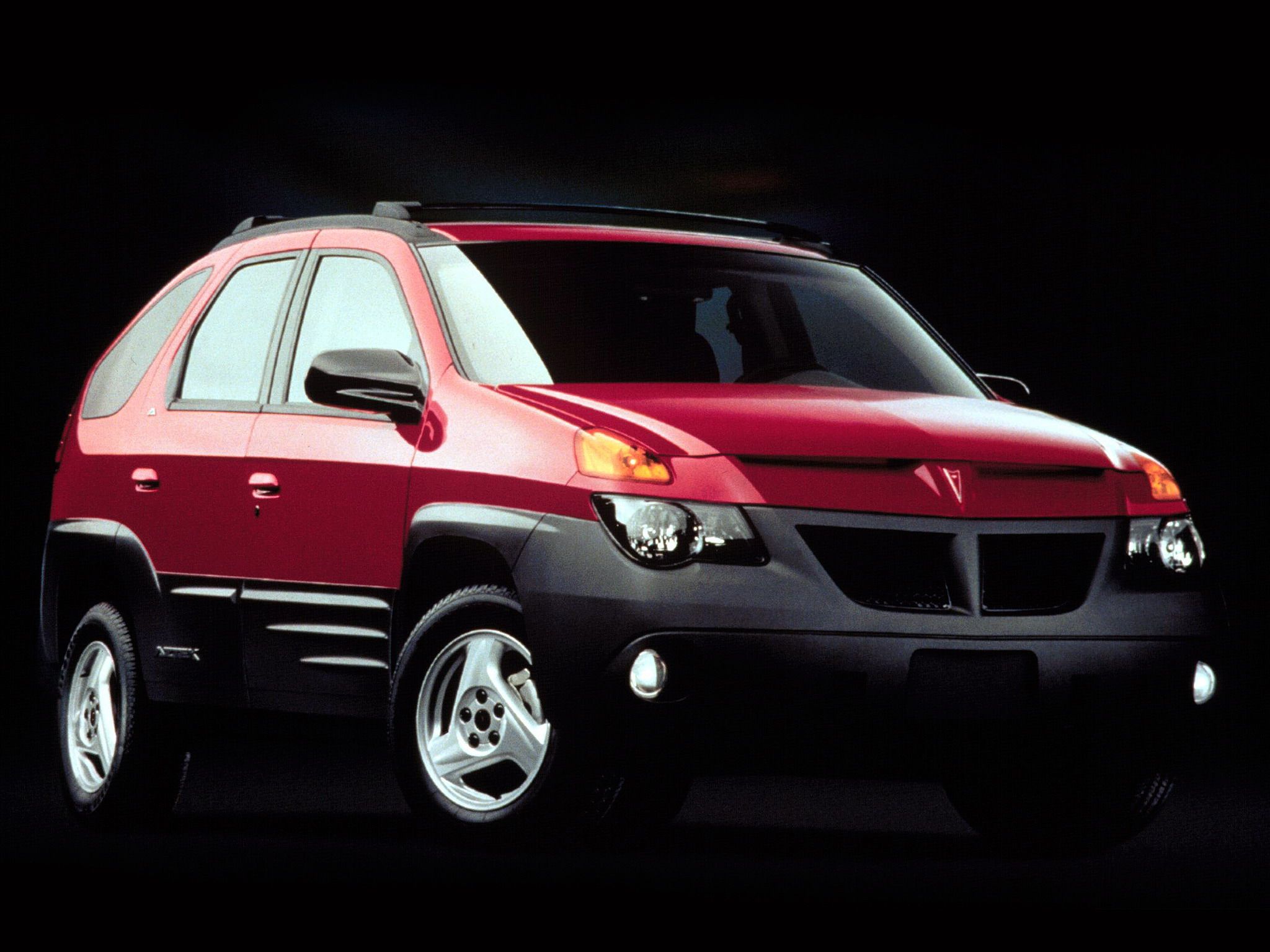Well, it’s that time of year where scary things happen; when the supposed dead rise and walk among us; when spooky things lurk just beyond the shadows; watching and waiting. Yes, it’s Halloween and there are plenty of frightening relics oxidizing away in your neighborhood junkyard just waiting for a chance to come back from the dead.
The TopSpeed staffers have put together our five worst nightmares of automotive resurrection in the list below. It contains vehicles that should have never been made and whose rightful place is deep inside the bowels of the crusher.
These are vehicles that are both terrible in their mere existence and terrible in the negative ramifications that would befall their respective makers for constructing such fiends. These are vehicles that, if they were people turned zombies, Rick Grimes of The Walking Dead wouldn’t hesitate to exterminate with his .357 Colt Python.
So hold on tight, grab a weapon, and fight your way through our list of cars we'd hate to see become the undead.
1983 Chrysler Town & Country Woody Wagon
Before there was the minivan,->ke1149 Chrysler’s Town & Country was a classy sedan->ke142 that dates back to the 1940s. Those early cars were beautifully built with real wood sides and curves that would make a super model jealous. But as the decades wore on, the T & C name was affixed to less and less appealing cars. From 1982 till 1988, the Town & Country referred to this derivative of the infamous Chrysler K-car. This sucker had it all; front-wheel drive, a station wagon rear end, and plastic panels that poorly mimicked wood grain. Heck, it even had a convertible cousin complete with a lovely brown interior and a folding soft top. (Shoot, Rick, shoot!)
1974 Ford Mustang II
Yep, it’s hard to believe America’s pony car could make this list, but back in 1974, the Mustang->ke428 went from respected racer to revolting rubble. The oil embargos that plagued those days were well underway and automakers were looking for a way to increase fuel efficiency and compete with new import cars from Toyota->ke88 and Datsun. The Mustang II was Ford's (wrong) answer.
The car came in a two-door coupe and three-door hatchback version and was based on the equally egregious Ford Pinto. Under the hood was an 88-horsepower, 2.3-liter four banger. Want more power? Opt for the 105-horse, 2.8-liter V-6. No V-8 was offered until the Mustang II’s second year in production. Despite this, the car sold impressively well. However, the Mustang II’s lackadaisical performance and styling took its toll on the Mustang brand.
1997 Cadillac Catera
So you know the new direction Cadillac is headed with the ATS->ke3619 and CTS sedan, along with the move to New York City? Yeah, it’s exactly 180 degrees away from this, the Catera. Built from 1997 till 2001, the Catera represented everything that was wrong with late ‘90s GM. The car was badge-engineered from an existing Opel product, which itself shared parts with GM’s Australian division, Holden. Though it received initial praise, the Catera soon proved that good build quality was overrated.
Its frumpy, 3.0-liter V-6 was underperforming by nearly every measure and a faulty oil cooler allowed oil to seep into the coolant. Its timing belt also wore at a fantastic rate, leading to more than a few engine failures at premature mileage counts. While it may have been built in Germany, this Cadillac cost America’s luxury brand a terrific setback. (Don’t worry Rick, this one will die on its own.)
2011 Aston Martin Cygnet
What? Aston Martin made that? Well, not really. It’s actually a Toyota iQ->ke2879 with an Aston grille and some extra posh on the inside. Believe it or not, the fine British motoring company produced the little city car from 2011 till 2013, when disastrously slow sales demanded production be stopped. With a price of roughly $50,000, only 150 people in the UK sprung for the “Astoyota.” Even that number is outlandish considering that price is nearly triple what a standard Toyota iQ costs. It’s amazing Aston found that many rich people with no business sense. What’s worse, Aston expected to sell around 4,000 per year.
So what’s different about the Cygnet? A 6.0-liter V-12 rocking 500+ horsepower? Nope. The Cygnet used the same mechanicals as the iQ, meaning owners were putting around with a 97-horsepower, 1.3-liter four banger.
Of course, Aston Martin didn’t let the interior go unchanged. There were 22 different leather options for customers to basically completely customize their interior. An impressive 30 exterior color options were also available.
2001 Pontiac Aztek
Sure, this one might have been a give-away. It seems the poor Aztek is the butt of all automotive jokes these days. Then again, that’s not without warrant. Its crazy eyes, bulging grille, tall body, and low floor height all contributed to the Aztek’s odd aesthetics. However, the idea of the Aztek isn’t all bad. Some consider it to be one of the first crossovers. It was designed as a substitute for giant SUVs->ke145 for folks who wanted more room than a sedan, but who couldn’t stomach driving a minivan.
In fact, the Aztek was built on GM’s then-current minivan platform and its interior volume proved it. People and cargo had room galore -- heck GM even offered an attachable tent for the rear door for all those Bear Grylls types.
Power came from the asthmatic 3.4-liter V-6 that managed 185 horsepower. Early versions were equipped with front-wheel drive, while later versions were available with all-wheel drive.
Though it was great for GM to take such a daring move as producing the Aztek, the vehicle just simply backfired. Its homely looks, poor driving dynamics, sub-par interior quality, and outright weirdness made the Aztek a rather large flop. So large, in fact, some credit it with the killing of Pontiac itself. Ouch!

